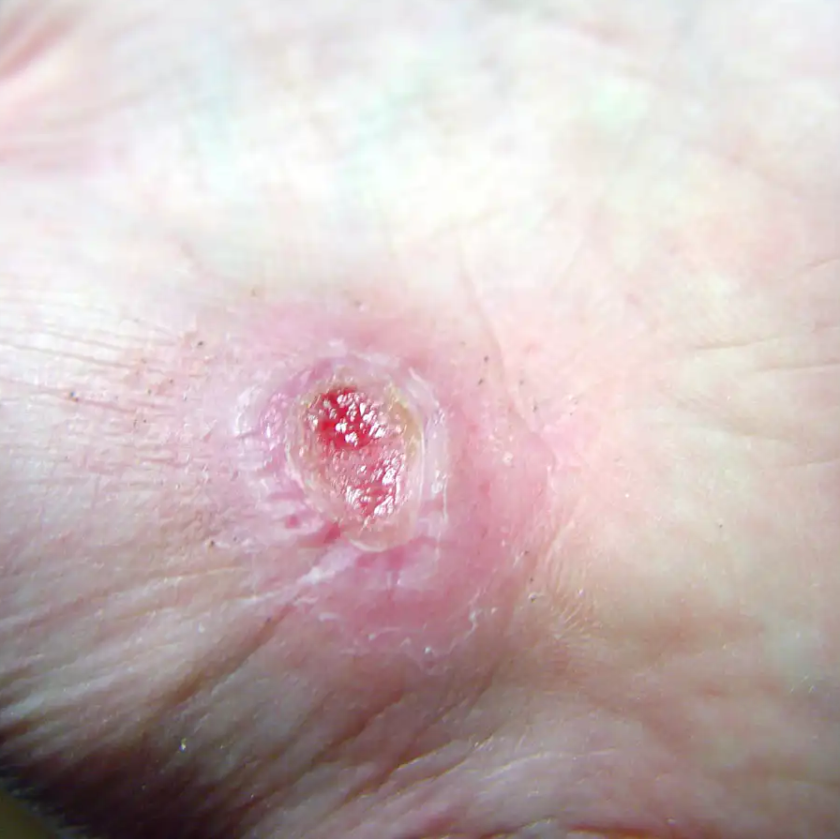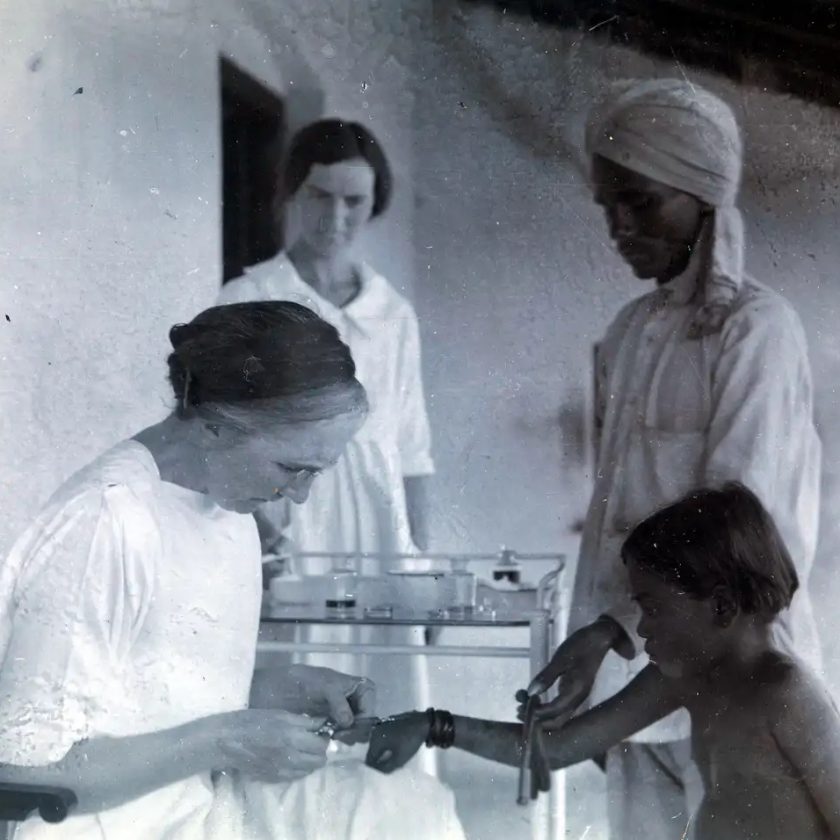Donna Sardina, RN, MHA, WCC, CWCMS, DWC, OMS
January is traditionally the time of year when everyone starts the New Year fresh with resolutions for change—better organization, healthy living, new beginnings. This year, I want to challenge you to include your patients in your resolution planning. Work with each patient and come up with ideas to help improve their quality of life by, for instance, healing a wound, wearing a splint, keeping blood glucose levels within normal range, elevating the feet.
For resolutions to be effective, a “buy in” must exist. Most people don’t like
being told what they must do and would rather hear what they can do. So be sure to include your patients in the planning process. Ask them their opinion. Ask “What could I do differently to help you with this?” Determine if their treatments could be interfering with their lifestyle. Set mutually compatible goals. Most of all, help promote patients’ search for their own solutions.
To make an informed choice of can do instead of must do, patients must have a clear understanding of the facts, implications, and consequences. The Institute of Medicine defines health literacy as the degree to which individuals have the capacity to understand, obtain, and process basic health information needed to make appropriate health decisions. It’s easy to assume our patients know all the facts, especially if they have had the wound, ostomy, or diagnosis for many years. However, according to the 2003 National Assessment of Adult Literacy, almost 45% of the U.S. population (about 93 million Americans) have, at best, only basic health literacy skills.
To improve their health literacy, review your patients’ understanding of their situation and ask them to describe their diagnosis and treatment plan in their own words. If they can’t describe these correctly, reteach the information. Consider the possibility that you might have to use a new educational approach or method.
A new year and a new start, with a shared understanding of problems and potential solutions between the patient and wound care team can get you started on the pathway to success. To quote Zig Ziglar, “A goal properly set is halfway reached.”
Donna Sardina, RN, MHA, WCC, CWCMS, DWC, OMS
Editor-in-Chief
Wound Care Advisor
Cofounder, Wound Care Education Institute
Plainfield, Illinois







